Infotainment systems have become a crucial aspect of modern vehicles, influencing buyer decisions and enhancing driving experiences. With technology evolving rapidly, each car manufacturer offers unique features in their infotainment systems. Here are eight infotainment systems that car buyers either love or hate.
Tesla’s Touchscreen Interface
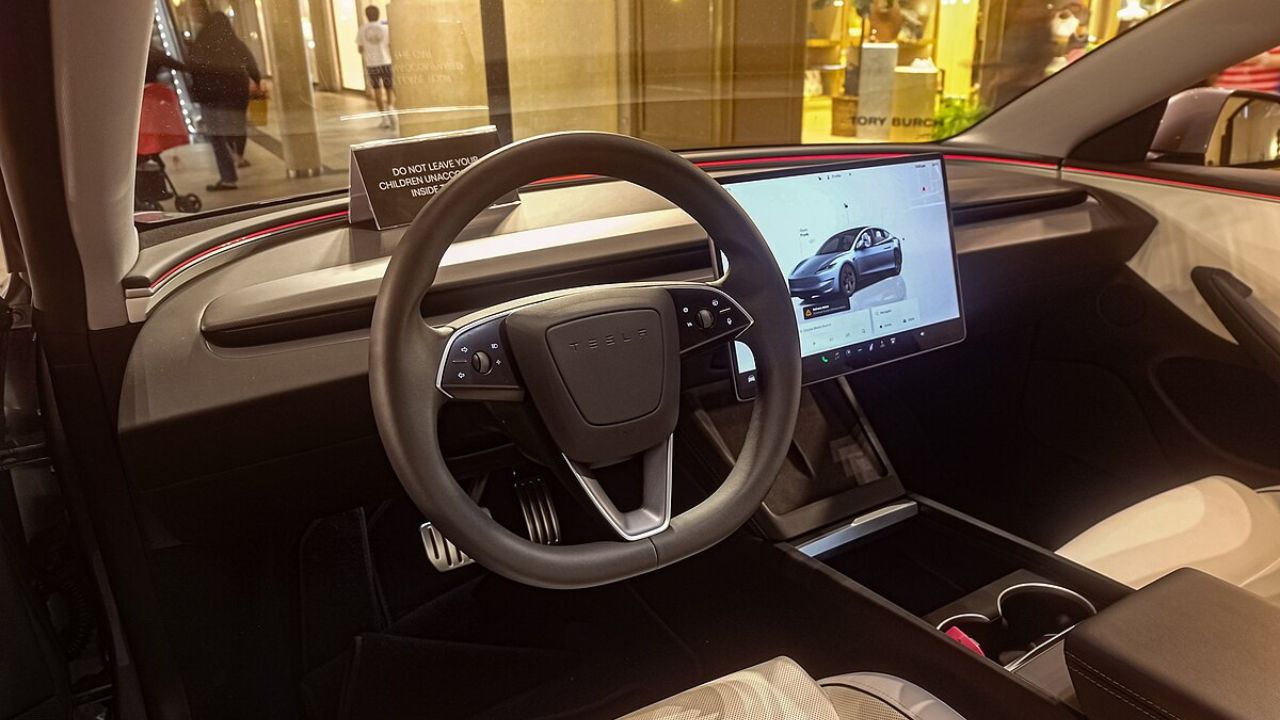
Tesla’s touchscreen interface is a talking point for many car enthusiasts. The large, central tablet found in models like the Tesla Model 3 and Model S integrates most vehicle controls, offering a sleek and futuristic experience. Drivers appreciate the over-the-air updates that continually enhance the system’s functionality, keeping it fresh and current.
However, reliance on the touchscreen for nearly all functions can be polarizing. Some drivers find it distracting to navigate through multiple menus while driving, preferring physical buttons for certain controls. This system’s minimalist design is not to everyone’s taste, though its cutting-edge technology is hard to ignore.
BMW iDrive System
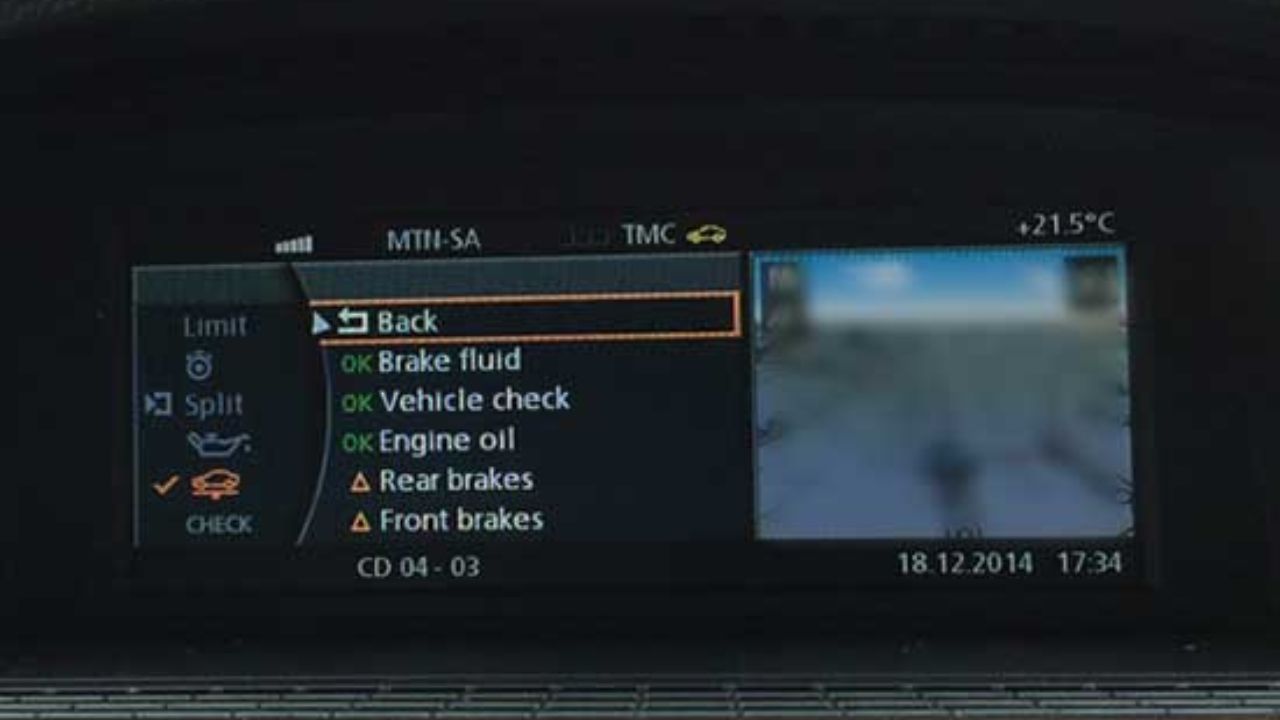
BMW’s iDrive system has undergone significant improvements over the years, now offering a seamless integration of navigation, entertainment, and vehicle settings. The latest iteration, available in models like the BMW 5 Series, features gesture control and a voice-activated assistant, providing drivers with multiple ways to interact with their vehicle.
Despite its sophistication, iDrive can have a steep learning curve for new users. Critics often mention that the abundance of features and settings can be overwhelming, requiring time to master. Nonetheless, once accustomed, users generally appreciate the intuitive layout and comprehensive functionality.
Mercedes-Benz MBUX
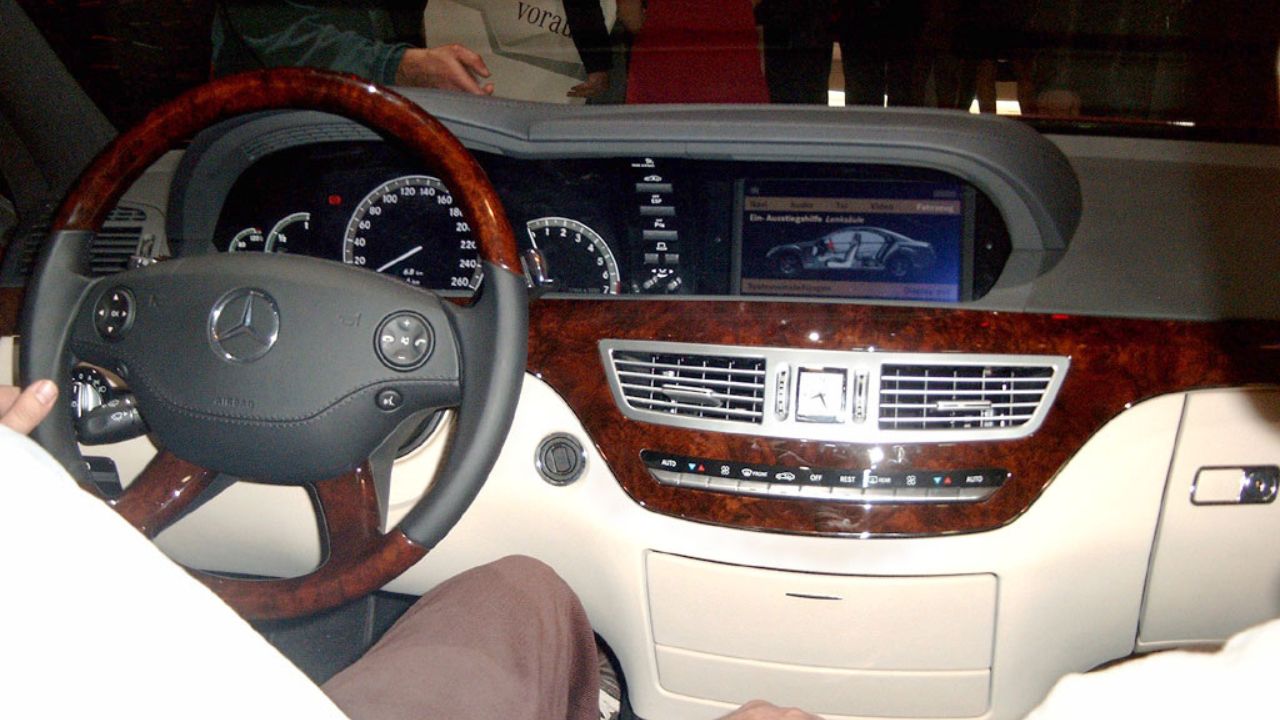
The Mercedes-Benz User Experience (MBUX) is celebrated for its intelligent voice assistant that responds to “Hey Mercedes,” allowing drivers to control various aspects of the vehicle without taking their hands off the wheel. Found in models like the Mercedes-Benz A-Class, the system is known for its vibrant display and augmented reality navigation.
While the MBUX is praised for its innovation, some users have reported occasional issues with voice recognition accuracy. Additionally, the touchpad controller placed on the center console can be less intuitive to use compared to conventional touchscreens, posing a challenge for some drivers.
Ford SYNC 4
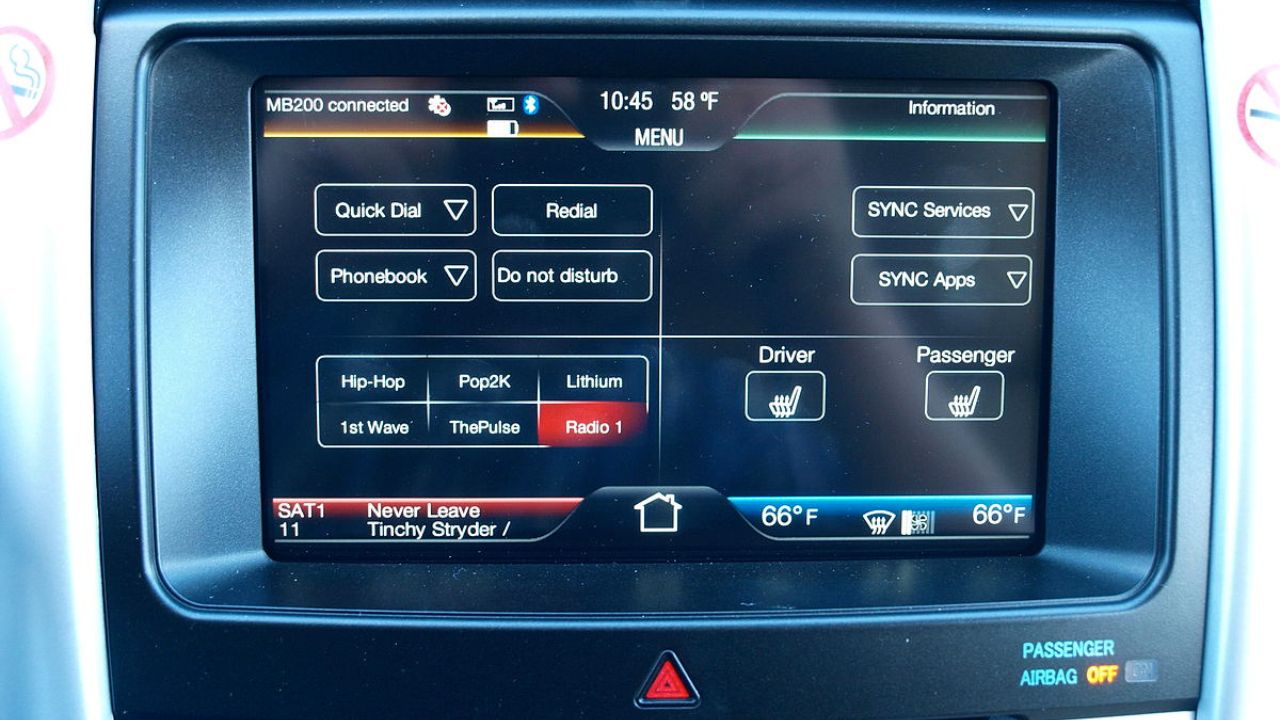
Ford’s SYNC 4 system, featured in models such as the Ford Mustang Mach-E, has been lauded for its user-friendly interface and wireless smartphone connectivity. The system supports Apple CarPlay and Android Auto, allowing seamless integration of mobile devices.
While SYNC 4 is generally well-received, some users have noted that the response time can be sluggish, particularly when using navigation functions. Despite this, the system’s ability to receive over-the-air updates is a significant advantage, ensuring users have access to the latest features and improvements.
Audi MMI Touch Response
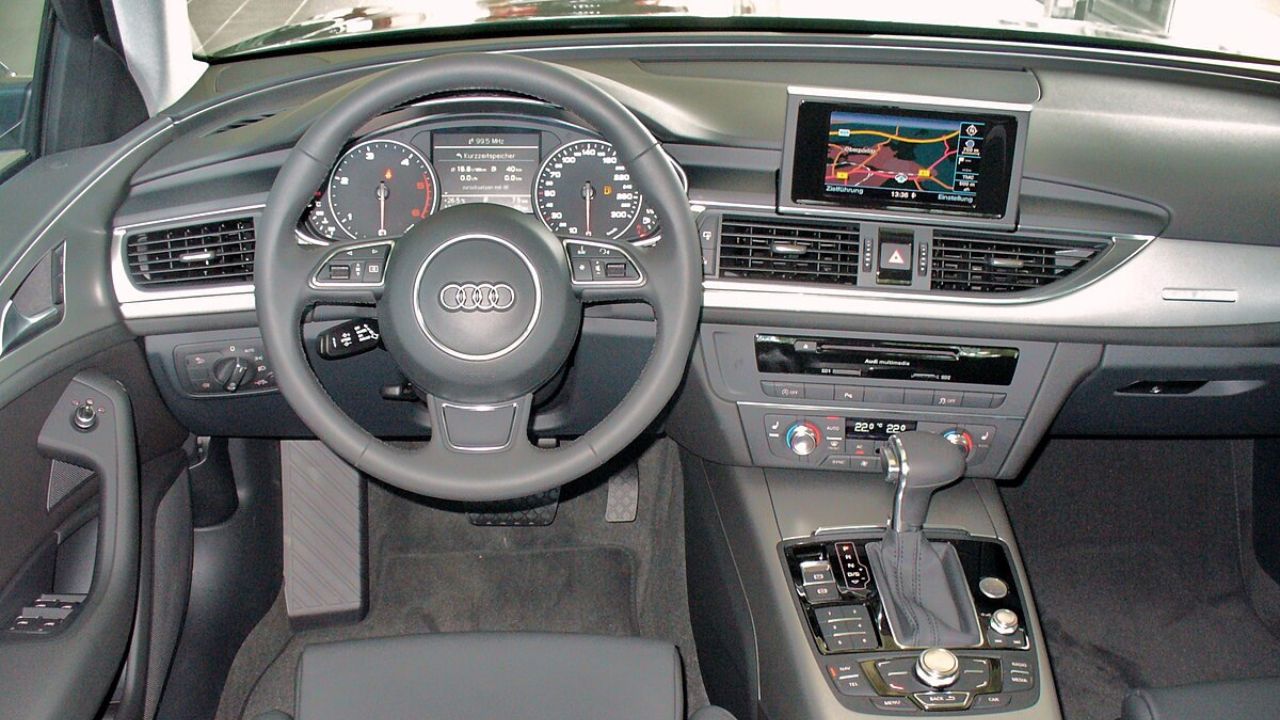
Audi’s MMI Touch Response system brings a high level of luxury and technology to vehicles like the Audi Q7. The dual-screen setup provides a visually appealing and modern interface, with haptic feedback enhancing the tactile experience of interacting with the displays.
However, the dual-screen design can be distracting for some drivers, as it requires more attention to operate compared to single-screen setups. Additionally, while the system is rich in features, it can be complex, necessitating a learning period to use confidently.
HondaLink
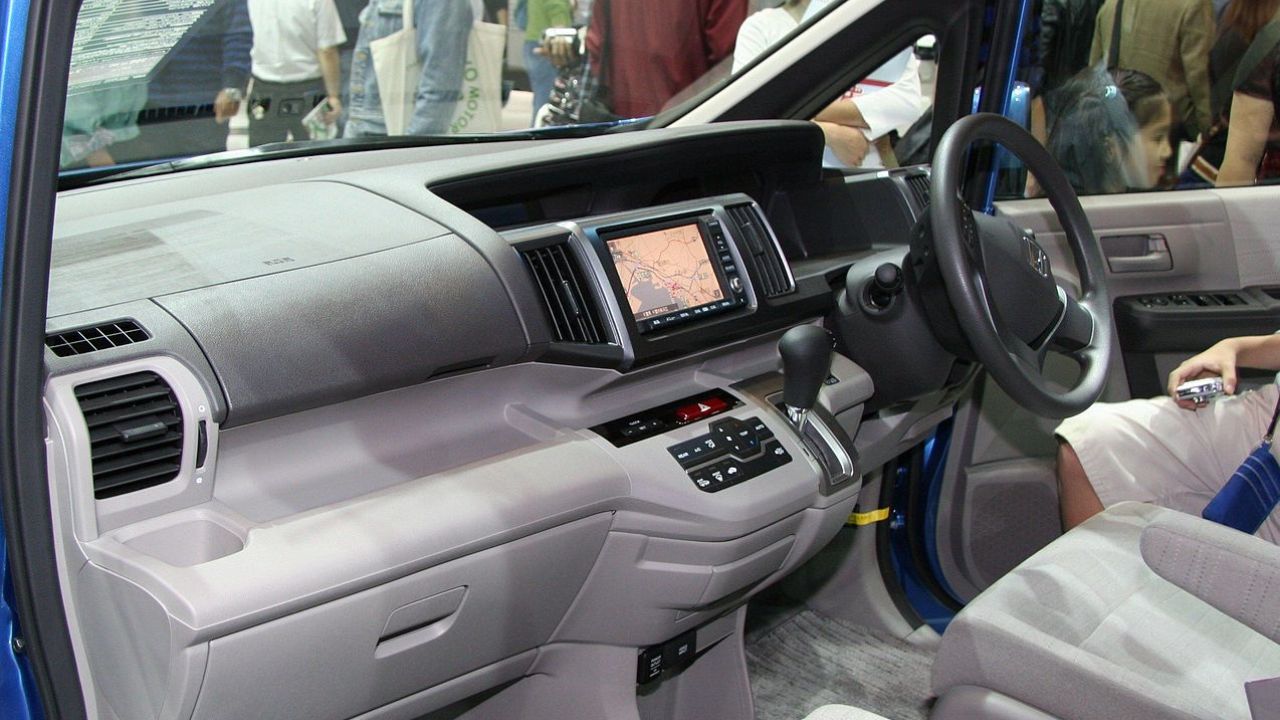
HondaLink, available in models like the Honda Accord, offers a straightforward and reliable infotainment solution. The system provides essential features such as navigation, smartphone integration, and a convenient app that allows users to control certain vehicle functions remotely.
Despite its simplicity, some users feel that HondaLink lacks the sophistication and variety of features found in higher-end systems. There have also been reports of occasional connectivity issues, particularly with Android devices, which can be frustrating for some users.
Toyota Entune
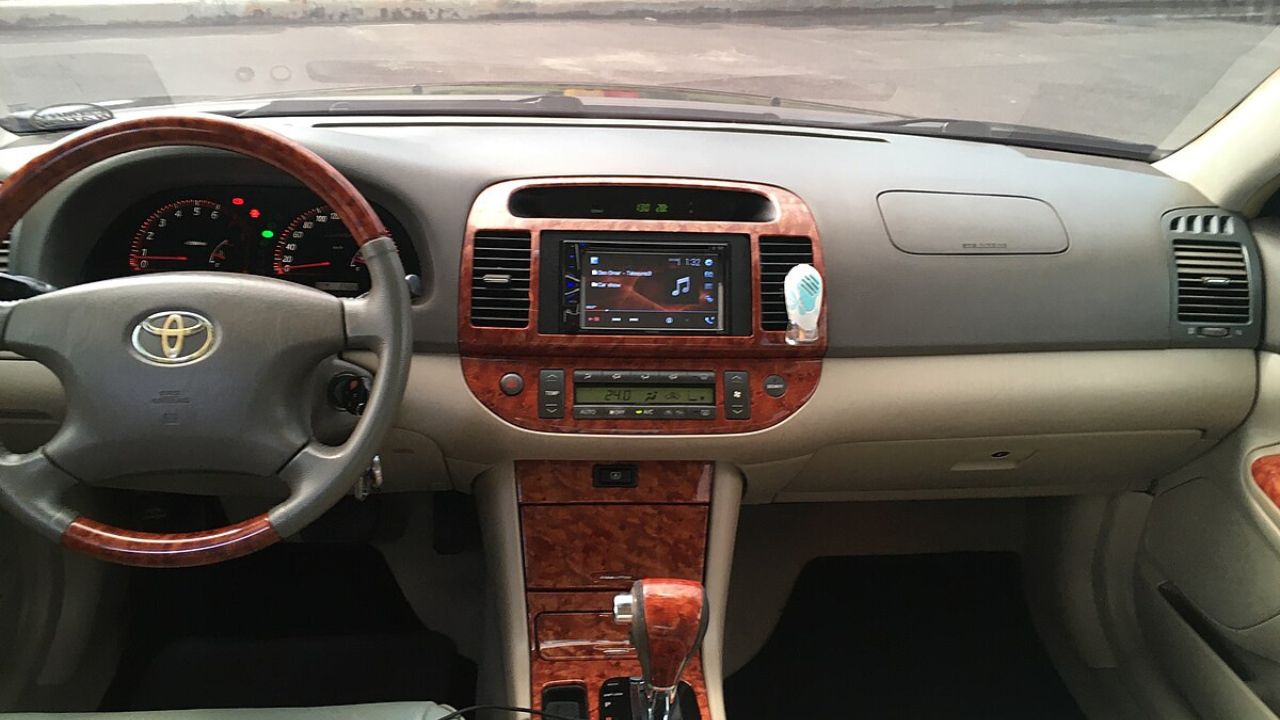
Toyota’s Entune system, found in vehicles like the Toyota Camry, is known for its reliability and ease of use. The system integrates well with smartphones, offering features like music streaming, navigation, and hands-free calling.
While Entune is generally appreciated for its no-nonsense approach, some users feel it doesn’t offer the same level of advanced functionality as competitors. The absence of over-the-air updates means that users must visit dealerships for software upgrades, which can be inconvenient.
FCA Uconnect
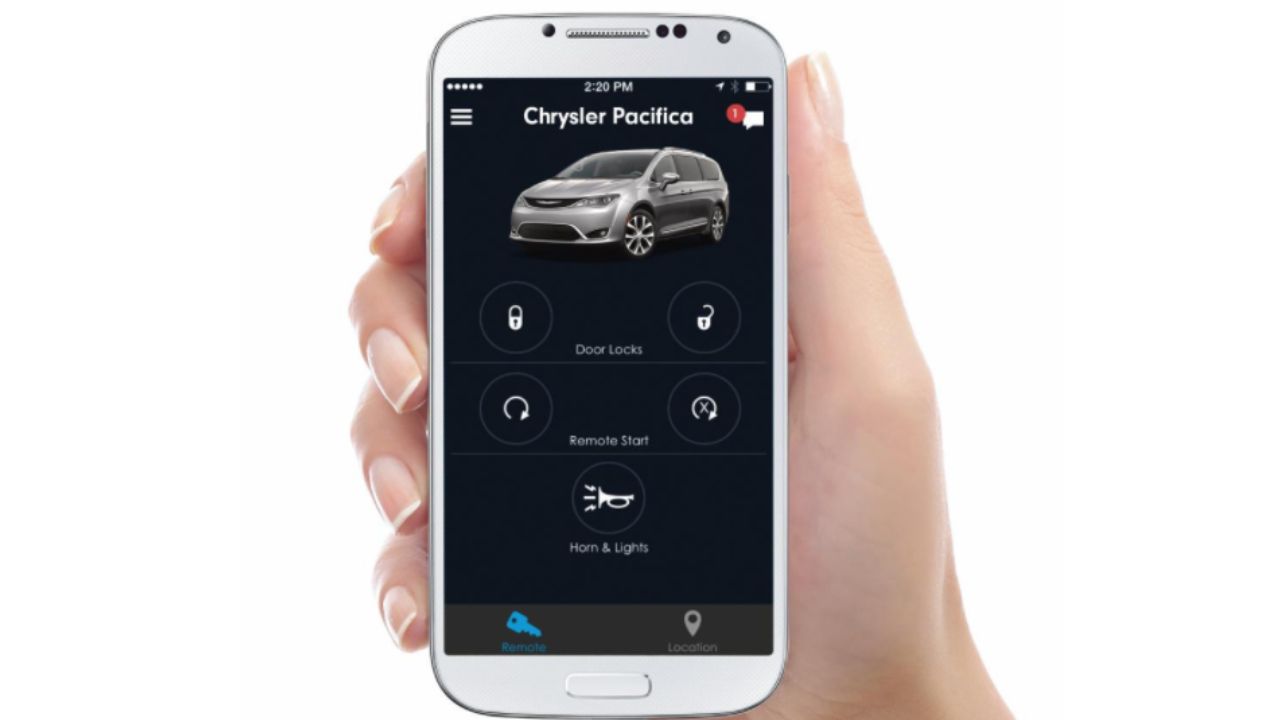
FCA’s Uconnect system, seen in vehicles like the Jeep Grand Cherokee, is praised for its user-friendly interface and responsive touchscreen. The system supports both Apple CarPlay and Android Auto, providing seamless smartphone integration.
Despite its popularity, some users have experienced glitches and occasional system crashes, which can be disruptive. However, the system’s overall ease of use and practical features make it a favorite among many drivers, particularly those who prioritize straightforward functionality.
Like Fast Lane Only’s content? Be sure to follow us.
Here’s more from us:
*Created with AI assistance and editor review.

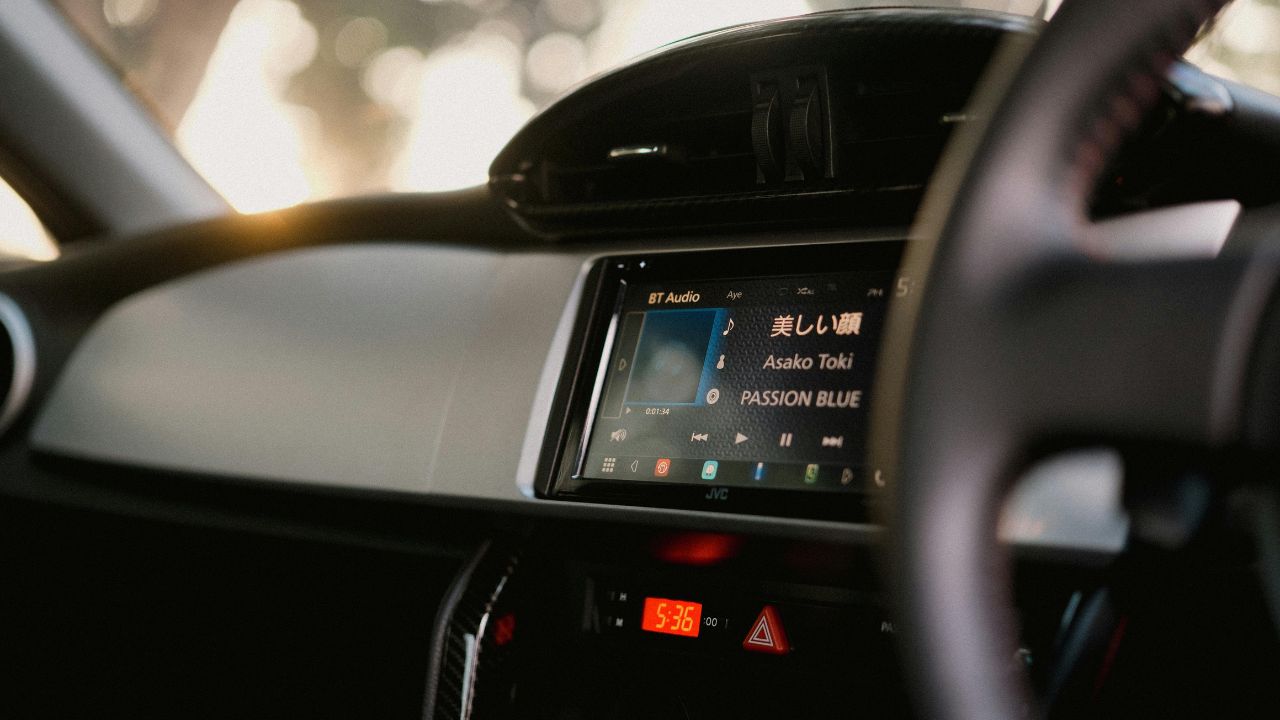

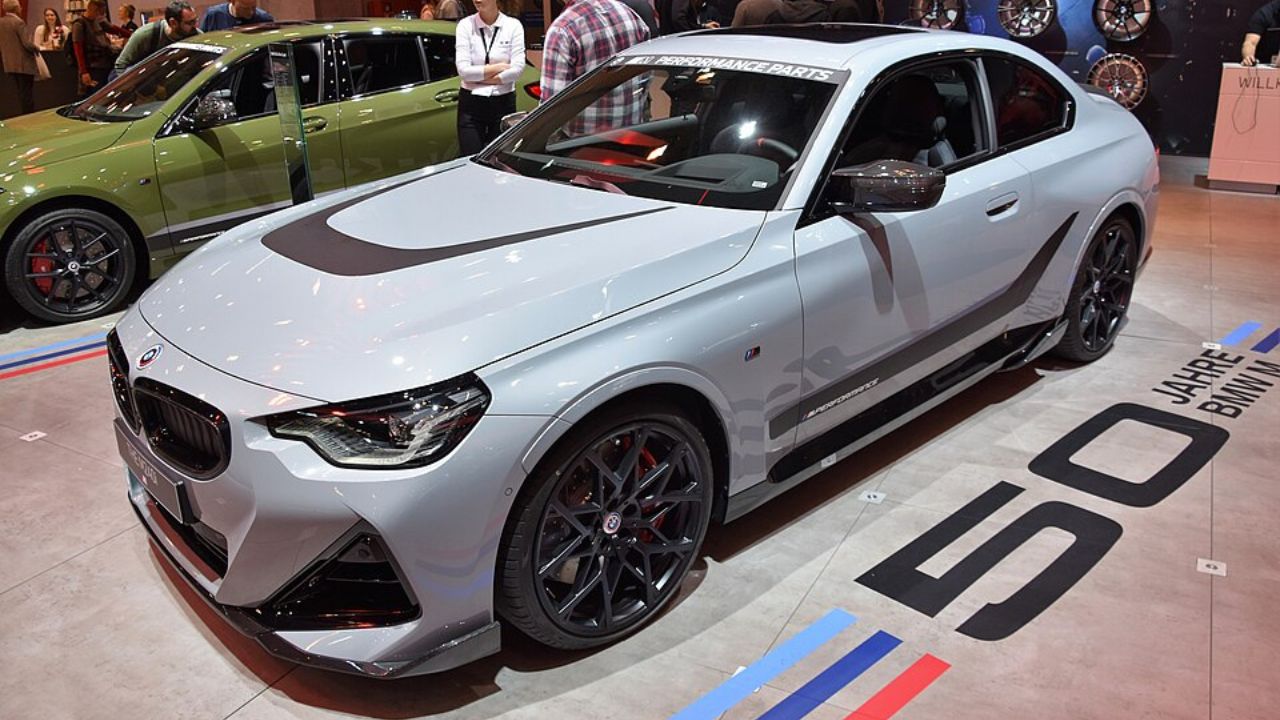
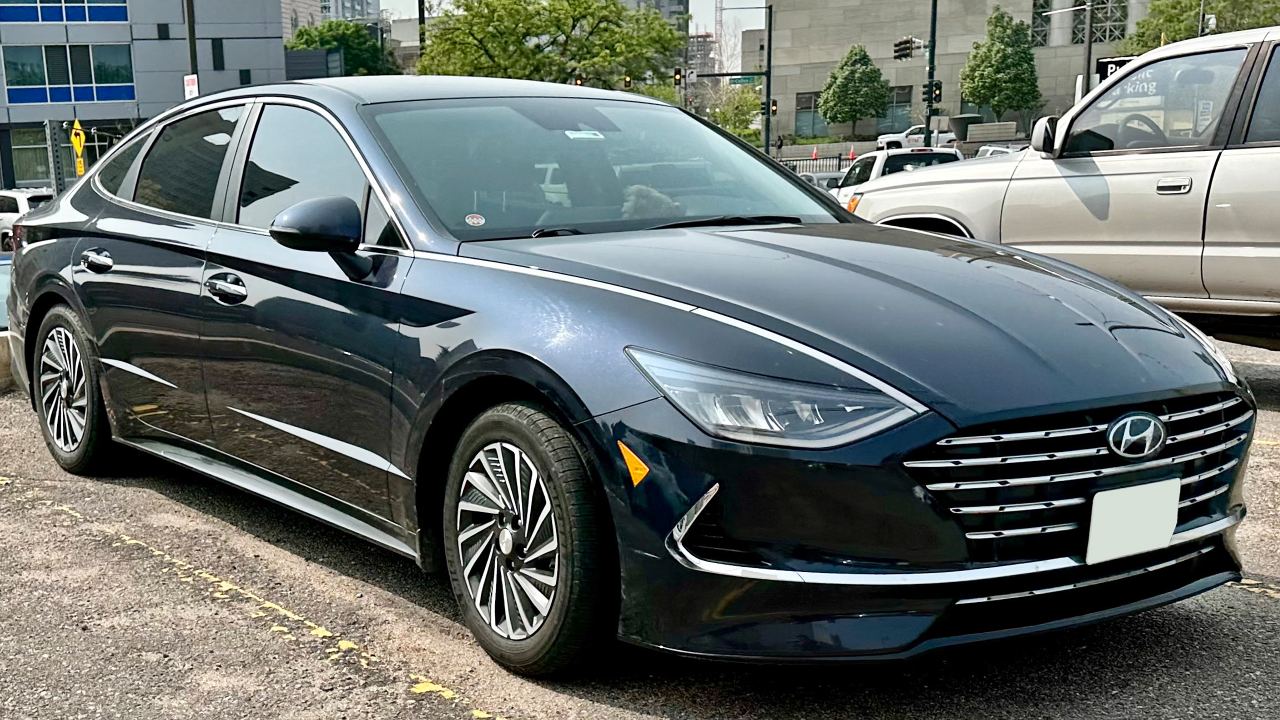
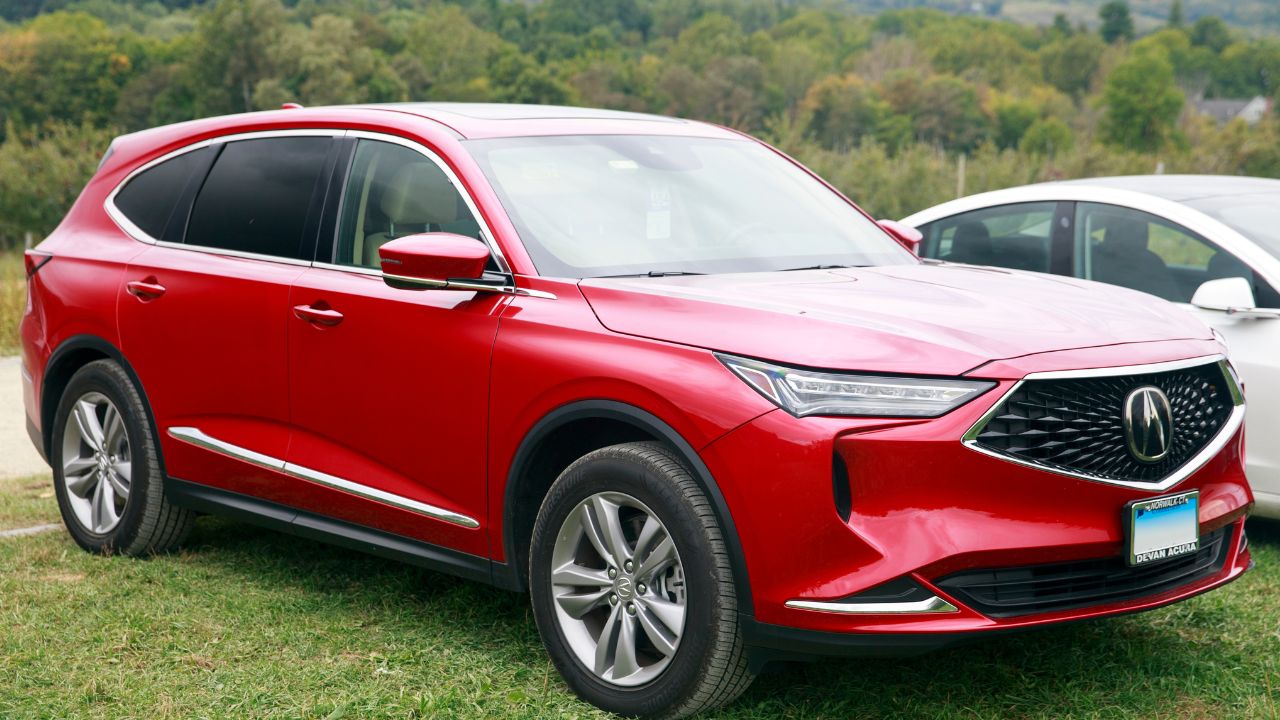
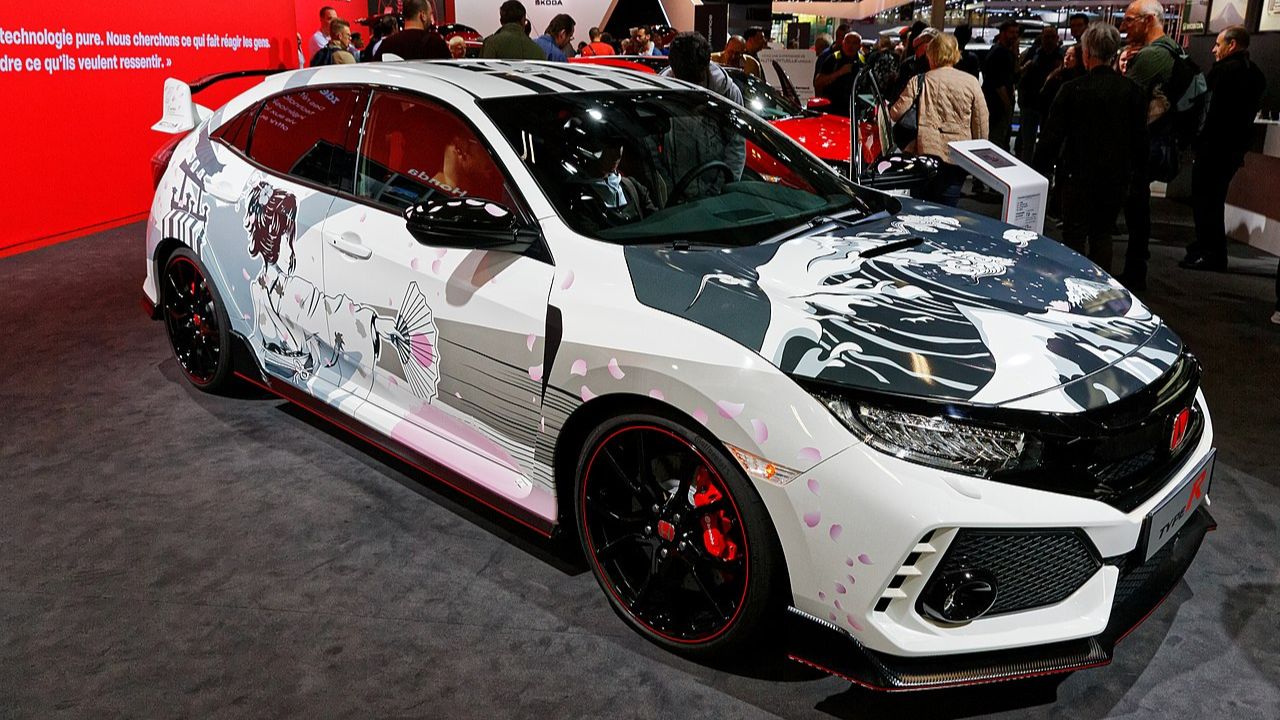
Leave a Reply